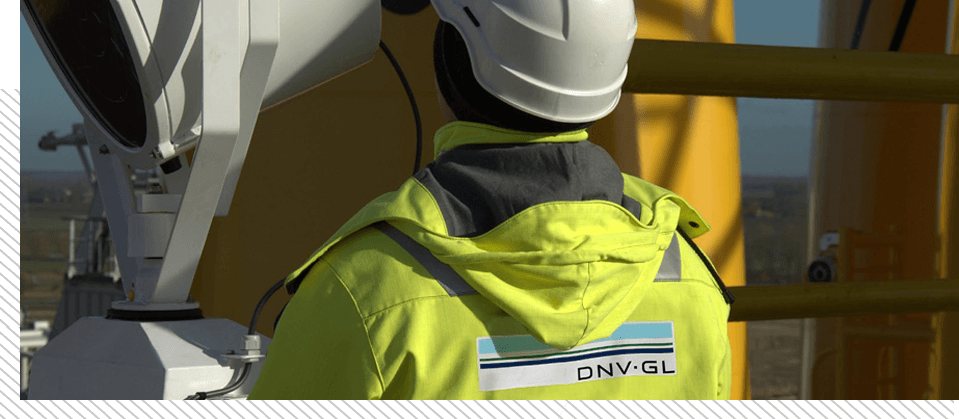
Weld seam and material testing
Material and process testing means additional safety. Our work is inspected by our own or independent inspectors using the most modern testing equipment. All certifications are of course available. We test during production itself. The required final tests are always carried out by a neutral testing institute.
Magnetic particle testing
Magnetic particle testing is the most frequently used method for detecting surface defects and defects close to the surface, such as hairline cracks on magnetisable iron and steel materials. The flux leakage caused by the magnetisation of the component at surface cracks causes the magnetisable particles present in the test medium to adhere.
The effect is visible and results from the contrast between the substrate and the test medium.
Dye penetrant testing
The dye penetrant method is one of the oldest non-destructive testing methods for detecting surface defects. The test can be performed on almost all metallic and non-metallic materials. In this method, the test liquid penetrates into surface defects of any type of material due to capillary action. After carefully washing off the solution, a developer layer is applied to create counter-capillarity. This draws out the liquid that has penetrated into cavities and cracks and makes the defect visible.
Ultrasonic testing method
The ultrasonic testing method is particularly suitable for detecting defects inside and outside of sound-conductive materials and thus within the entire cross-section of the workpiece. The acoustic method for non-destructive material testing is used for quality assurance of pipes, weld seams and cast components as well as for wall thickness determination.
Notched bar impact test
How tough can a material be? Notched bar impact tests are carried out to assess the toughness of a metallic material even at the lowest temperatures.





